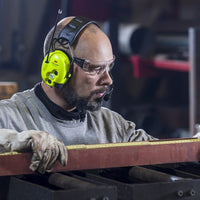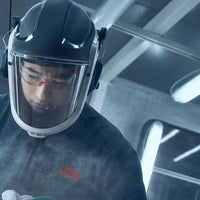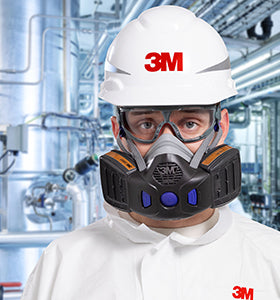Article Cited from Bolle Safety
Despite being one of the biggest employers in the world, the pharmaceutical industry is keeping significant occupational health hazard issues under wraps. Accurate figures on the frequency and severity of workplace injuries are hard to come by, raising suspicion in health and safety circles.
“Little is known about the health risks of working in the pharmaceutical industry. On the surface, the industry looks clean. The production of medicinals demands a carefully maintained and sterile working environment and the white lab coats worn by workers add to the illusion of safety,” claim Bhusnure et al. in their 2018 paper entitled Chemical hazards and safety management in pharmaceutical industry.
“The appearances are deceptive, though producing drugs and other medicinals may involve exposure to toxic industrial chemicals. And while the finished products may be lifesaving medications for sick people, they can be dangerous to workers who are inhaling or absorbing them during the production process,” the paper continuous.
Hidden Risks
Working in environments where drugs are developed and manufactured put workers at high risk of coming into contact with dangerous substances. Often colorless and odorless, these invisible and potentially toxic substances can affect workers acutely, from one exposure, or chronically, from regular exposure. Airborne substances may be inhaled, where they can affect the lungs or enter the bloodstream.
“Direct contact of the skin and eyes by hazardous substances is another important route of exposure,” warns Bhusnure et al. (2018). “The eye is particularly vulnerable because airborne chemicals can dissolve in its moist surface and be carried to the rest of the body through the bloodstream (capillaries are very close to the surface of the eye).”
Protecting Workers
In the pharmaceutical industry, it is fundamental to maintain a protective barrier around the worker while in environments where dangerous substances are present. Wearing protective eyewear is just one element for keeping the eyes safe from chemicals in pharmaceutical environments. Workers are advised to minimize contact with liquid and solid chemicals and also keep their hands away from the face until they are sterilized. Workers should also avoid wearing contact lenses as they may trap chemicals against the eye surface.
Creating a barrier between the workers and the pharmaceutical environment is not just about protecting people but also the product. For most drugs, vitamins and other pharmaceutical products, it is essential to avoid contamination. That includes human skin, hair, eyelashes or bodily fluids that may be carrying germs, bacteria or other potentially harmful substances.
“People are the biggest source of potential contamination to a sterile cleanroom, so sterile clothing is crucial. As a basic requirement, sterile clothing must help maintain a cleanroom’s cleanliness while people are working in the area, by ensuring that particle and microbiological levels are kept below the limits for the chosen grade of the area,” says Jaime Cassar, cleanroom category manager at Kimberly-Clark Professional Europe.
In many pharmaceutical environments, protecting the product from the worker is often a higher priority than protecting the worker from the product. Some drugs may have limited harmful effects on the worker but one cough or sneeze could make an entire batch of products unsafe to sell. Therefore, creating a barrier between the worker and the product could save millions of dollars in lost production.








